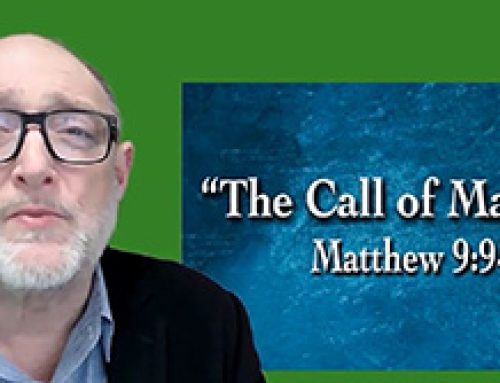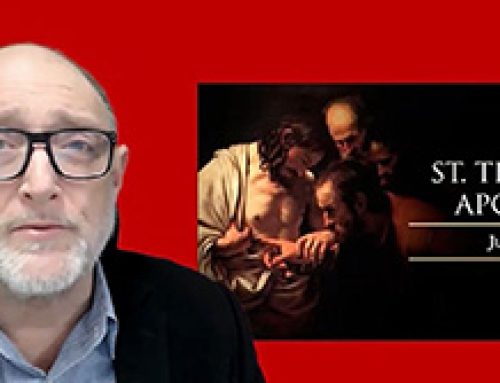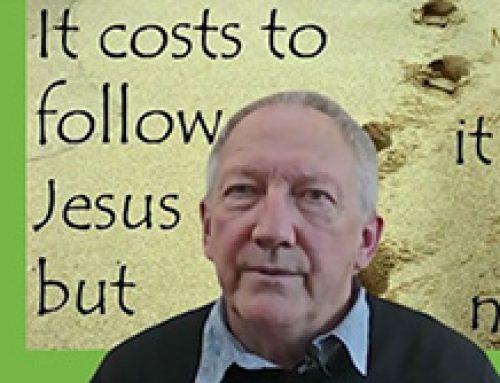On this Good Friday, Fr Paul shares a narrative about the history, significance and ceremony of Good Friday and he invites us all to come along to experience in person what he describes.
Fr Paul says Good Friday is the Friday before Easter Sunday. It is the day on which the anniversary of the crucifixion of Jesus is kept. This day is a day of fast and abstinence and along with Holy Saturday, these two days are the only two days of the year when mass is not celebrated.
This celebration was started back in the early days of Christianity. It had three parts:
1. The reading of the Passion
2. The Veneration of the Cross
3. Communion
It is relatively the same today.
The colour of the day used to be black but is now red. In times past, the ceremony of Good Friday was held in the morning and in 1955 it was moved to the afternoon.
On Good Friday, the altar is stripped bare of all cloths, candles and crosses.
The Good Friday Ceremony
The ceremony of Good Friday consists of three parts:
The Liturgy of the Word
The priest simply comes into the church, he prostrates himself in prayer. After this he faces the people and prays the opening prayer. Then there is a first and second reading followed by a reading of the Passion. This reading is taken from John’s Gospel and it is read to remind all of Christ’s death for us. After the reading of the Passion there are the General Intercessions that pray for the many needs of the church and the world.
The Veneration of the Cross
This part of the ceremony originated in the veneration of the true relics of the cross in Jerusalem. It was then celebrated in Rome and then it gradually spread to other churches that had no relics. In this part of the ceremony a cross is brought to the front of the sanctuary by the priest and the people venerate it by genuflecting, bowing, touching or kissing it.
Communion
Communion, which had been kept at the Altar of Repose, from the Holy Thursday mass, is now distributed and after a prayer all depart in silence.
Fr Paul closes saying he looks for to seeing us at this afternoon’s Good Friday service.






Leave A Comment